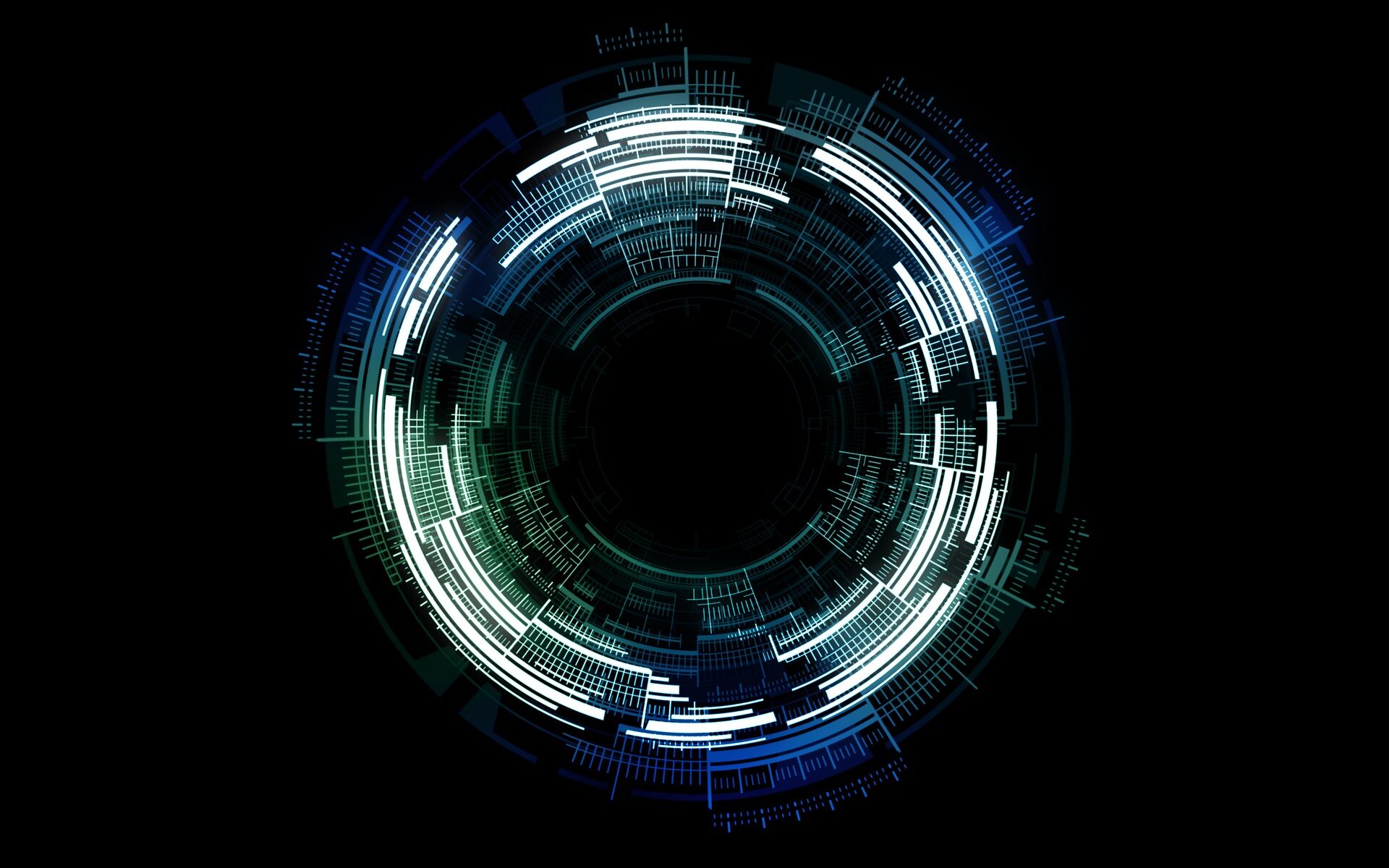Let’s take a short walk through the standards that are used in the world today. In fact, 3G is just the name of the third generation, behind which there are several 3G network communication standards.
- UMTS is the very first standard which began to be called as 3G. We can say that it is a more advanced version of GSM, which was used in the second generation of 2G communication. In fact, all other standards work on this, and use additional developments that improve communications. The bare standard without add-ons has a maximum speed of 2 Mbps.
- HSDPA – This 3G standard is used in almost all regions of the country. Initially, the speed was not so great – only 3.6 Mbit per second. But with the development of the technology and the standard, engineers were able to overclock the bandwidth to 14.4 Mbit/s – this is the maximum speed of 3G-HSDPA in single-channel mode. When using the scheme MIMO 2×2, the Internet was able to overclock by half – 28.8 Mbit / s. MIMO is a technology that allows you to transmit data in two (or more) streams at once.
- HSPA+ is a superstructure on the already known HSDPA, but in single-channel mode, the flow already reaches 21.6 Mbit per second. Some companies have started calling this standard 3.5G.
- DC-HSPA+ is the most advanced 3G standard with the highest speed of 42.2 Mbps. The speed can be increased by using a wider channel of 10 MHz.
As you can see by now, the speed depends very much on the standard that your ISP uses in a particular area. For example, in the city center you can have 30 Mbit per second and use DC-HSPA+, but a couple of stops away from the outskirts and the speed may drop by half, because another standard – HSDPA – will be used. Mobile operators use different towers, so the figures may vary greatly.
And then we need to be a little clearer about the figures you see above. In reality, you will see a much lower figure. The fact is that all of the figures that I gave earlier, and those given on other sites are “Dry” numbers. That is the figure that is possible under ideal conditions. That is, if you are standing 5 meters away from the communication tower, and there are no obstacles between you.
There are several other factors that reduce the speed of the Internet. Let me remind you that data transmission goes through the air with the help of radio waves.
- Any obstacles: houses, walls, trees, people, and in general anything that is not a vacuum – reduce the strength of the radio waves and increases their attenuation. Even a trivial weather deterioration in the form of rain – greatly reduces the speed.
- The farther you are from the tower, the worse the connection and speed. Remember school physics lessons – a radio wave, like any wave likes to fade as it propagates.
As a result, we can now answer the question – why you will never be able to accelerate to the maximum speed without being close to the repeater tower.
Some mobile carriers artificially reduce the bandwidth for a dedicated customer. This is done most often in situations where there is congestion in certain places. Especially the speed can drop in the evening, or in central parts of the city, where there are a lot of customers.
